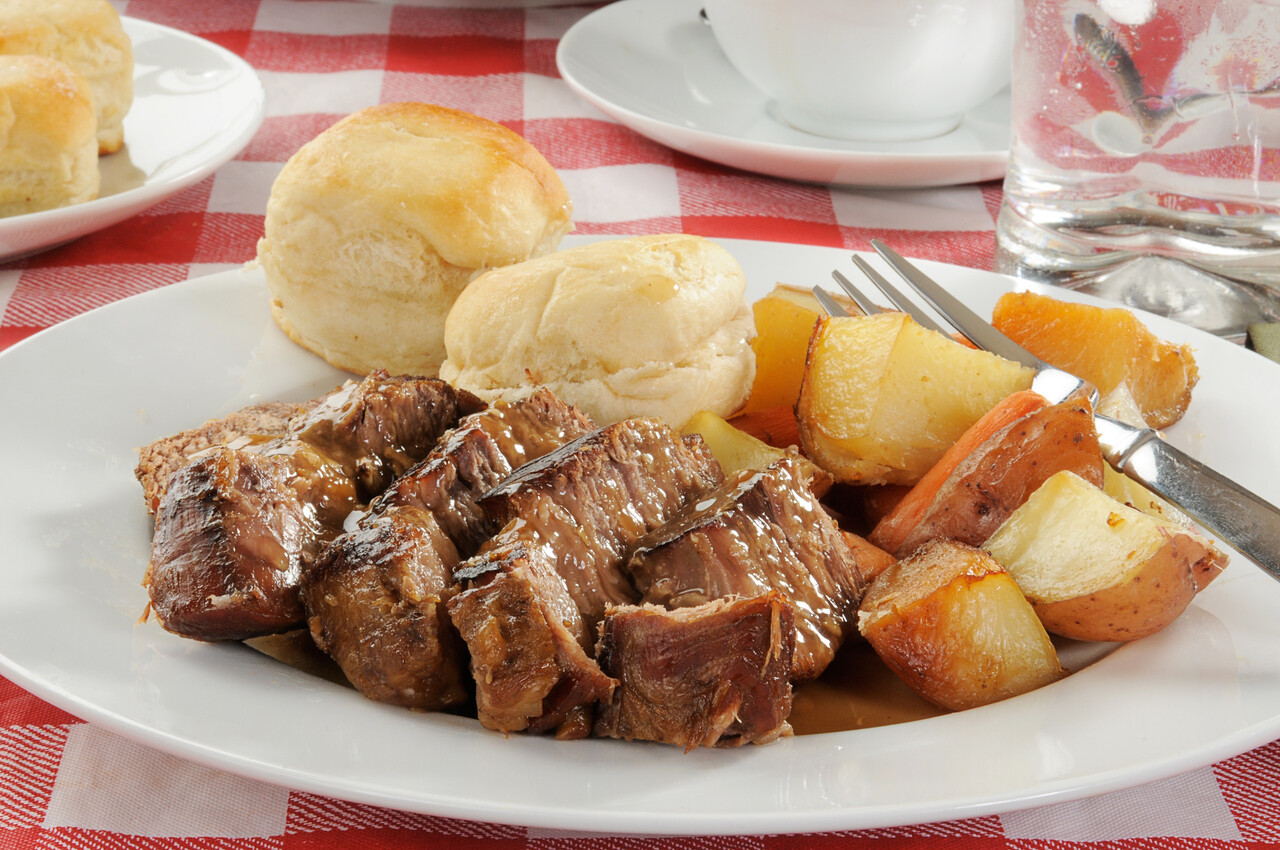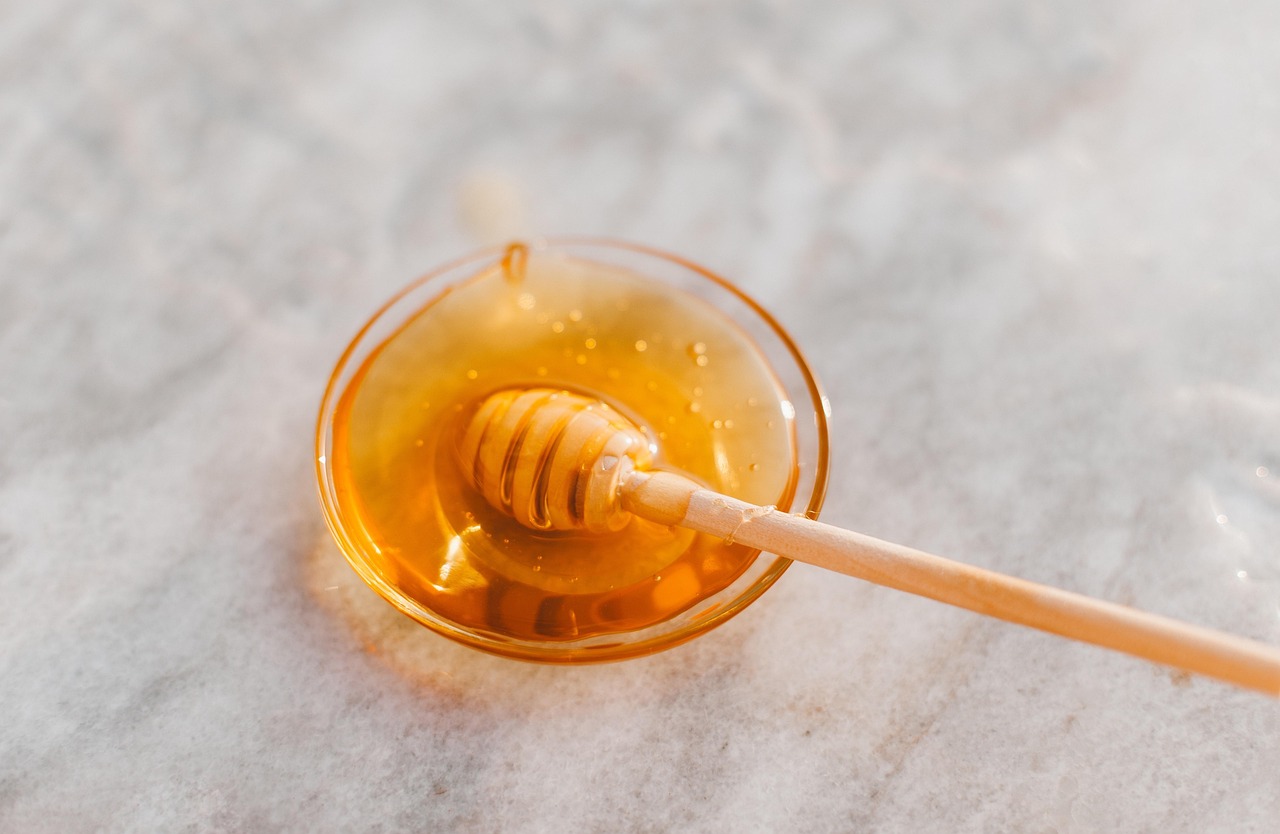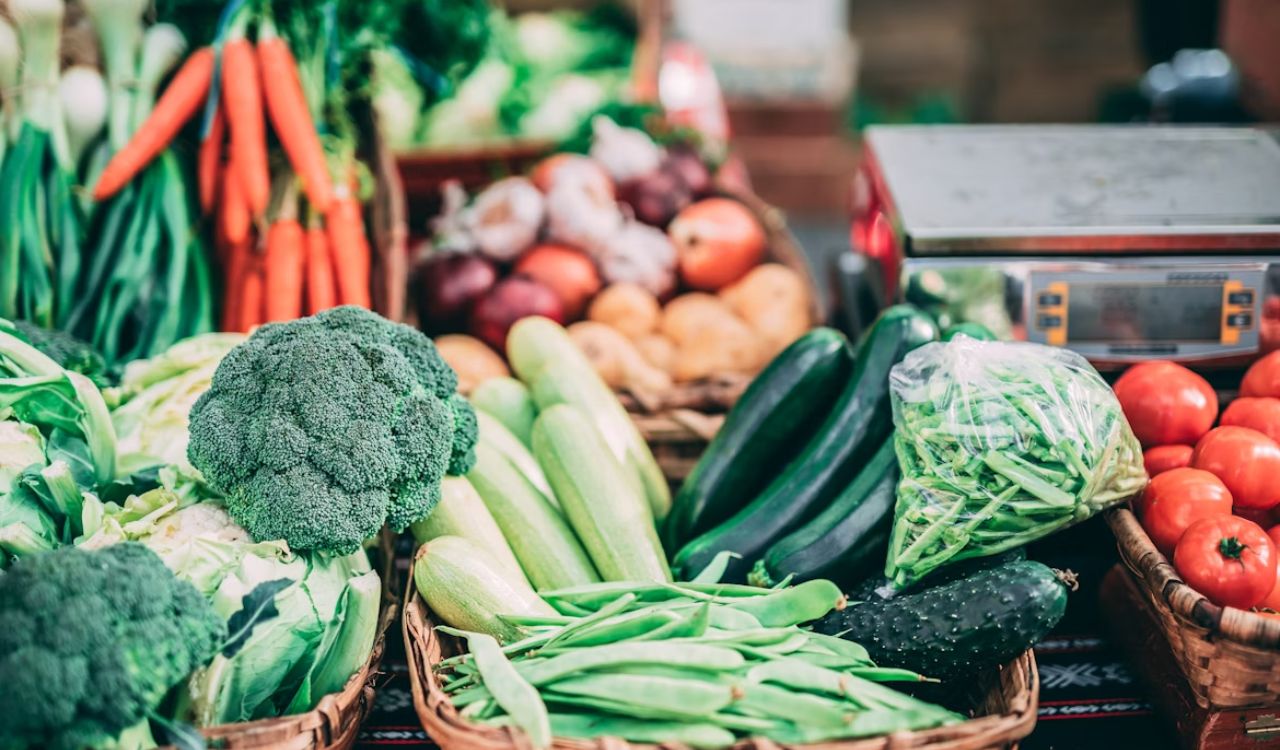10 Whole Foods Buys Customers Regret and What To Get Instead

Whole Foods built its name on quality, but not every item on the shelves earns the price you pay. Some products look healthy or eco-friendly but don’t deliver better taste or nutrition than cheaper versions elsewhere. The trick is knowing what’s actually worth it. If you love shopping there but want to get smarter with your cart, here are ten Whole Foods buys shoppers often regret and the better swaps that save money without losing flavor or quality.
1. Pre-Cut Fruit
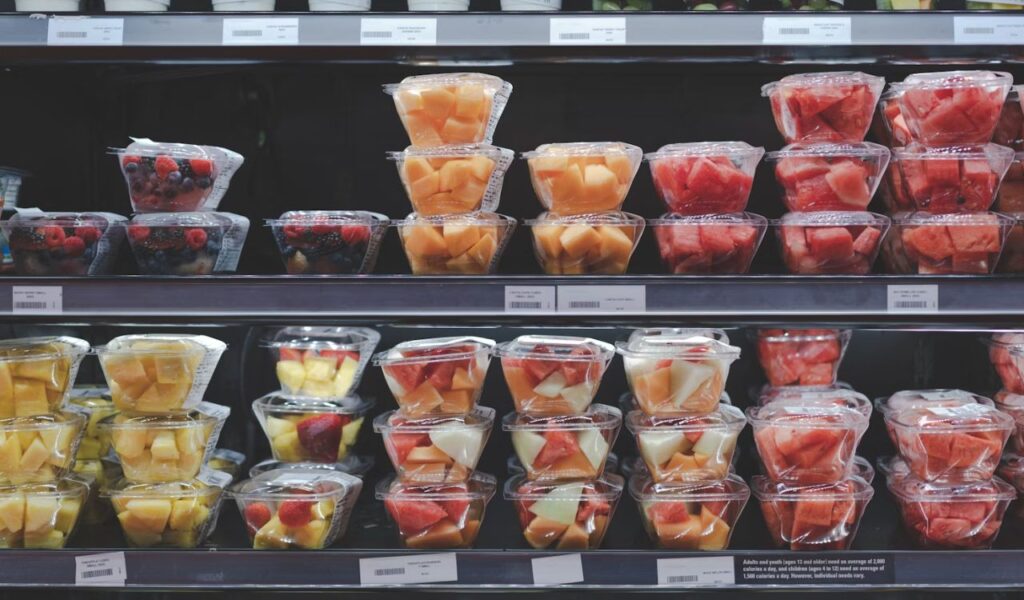
The ready containers of pineapple and melon seem convenient, but you’re paying two or three times more than if you just bought whole fruit. Once it’s cut, it spoils faster and loses nutrients, so you’re getting less freshness for a higher price. Instead, grab a ripe whole fruit and slice it at home. It takes minutes, tastes better, and lasts longer in your fridge. A knife and a cutting board beat the markup every time. You’ll also cut down on plastic waste, and your fruit will actually taste like fruit, not fridge air.
2. Hot Bar Meals
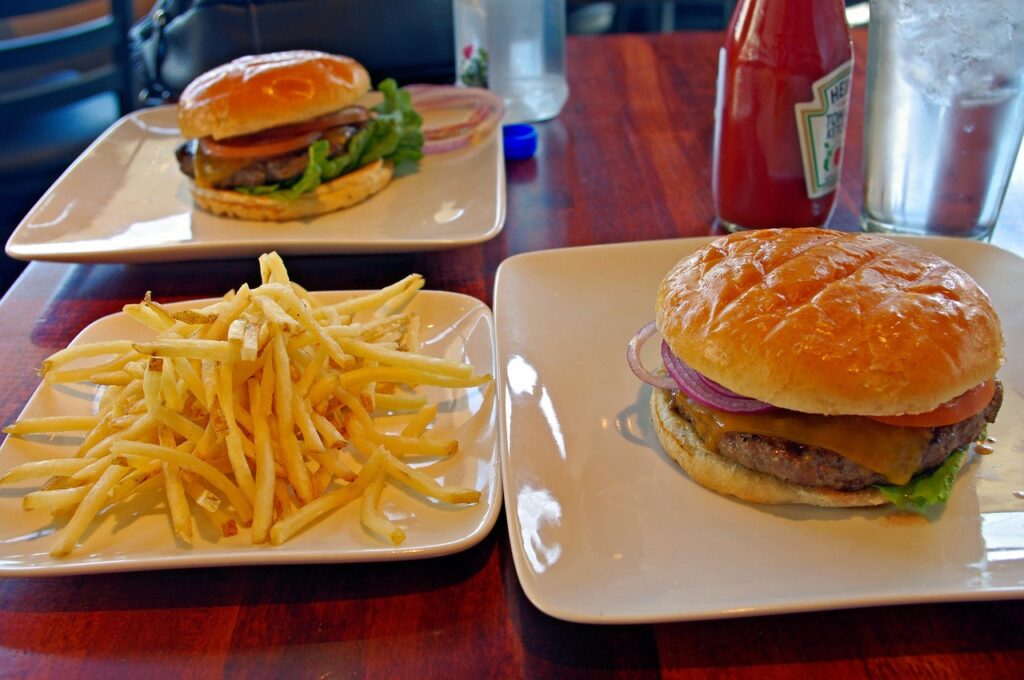
The Whole Foods hot bar feels like a quick fix for lunch, but the weight-based pricing makes it easy to overspend. Even a small box can hit ten dollars or more, and the food quality depends on when it was prepared. Instead, pick up ready-to-eat wraps or salads from the cooler. They’re cheaper, fresher, and easier to store. For the same cost, you can buy enough ingredients to prep two homemade meals. The hot bar looks tempting, but you’re often paying for convenience over quality. Timing your visit rarely changes that.
3. Bottled Smoothies

Those bright bottles in the cooler promise clean nutrition but usually pack a sugary punch. Many have fruit concentrates, not real pulp, and lose fiber during processing. You’re paying extra for convenience, not freshness. A better move is buying frozen fruit and blending it with milk or yogurt at home. You’ll get full flavor, control sweetness, and make multiple servings for the cost of one bottle. The taste difference is immediate, and your wallet will thank you after just a week of skipping the bottled kind.
4. Organic Packaged Snacks

Organic chips and cookies look like better choices, but most have the same salt, sugar, and oils as any brand from a regular grocery store. You’re mainly paying for the label. Instead, try bulk nuts, plain popcorn kernels, or roasted chickpeas. They deliver crunch without the additives or the markup. If you crave flavor, season them yourself with olive oil, spices, or herbs for a fresh, affordable snack. Homemade snacks also keep longer and give you control over every ingredient you eat.
5. Branded Nut Butters
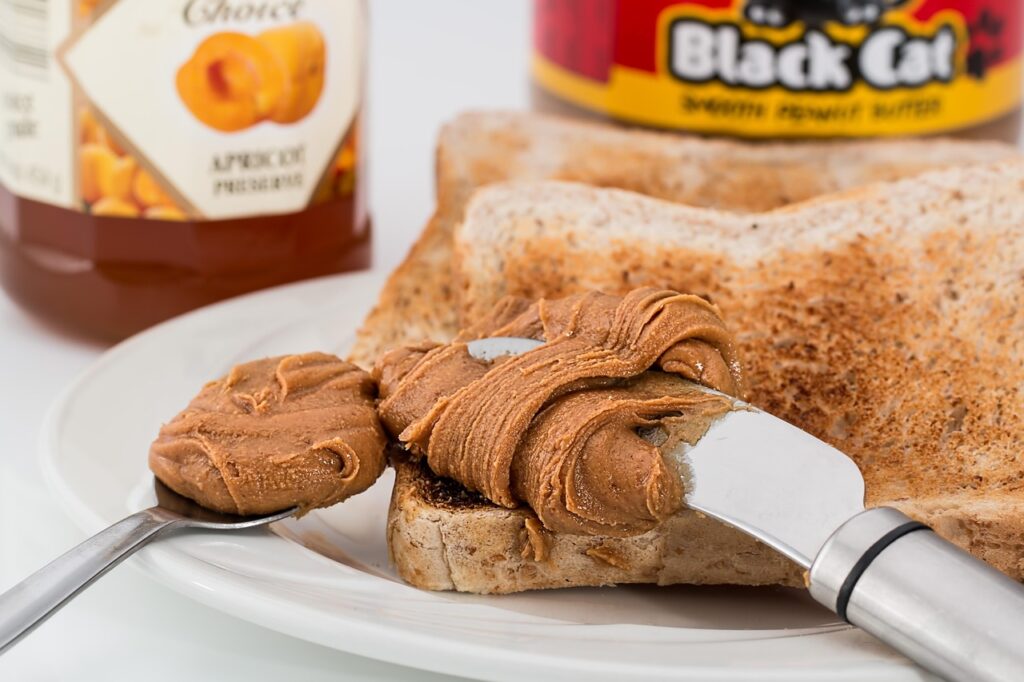
Whole Foods sells jars of almond and cashew butter for premium prices, but the ingredients are often identical to cheaper store brands. Unless you’re buying the freshly ground versions made in-store, the fancy labels add little value. Skip the high-end jars and reach for the 365 store brand instead. It’s the same smooth texture and clean taste at a lower cost, and you’ll stretch your grocery budget further. Always check the ingredient list—two words should do it: nuts and salt. Anything more is just marketing.
6. Specialty Cheeses
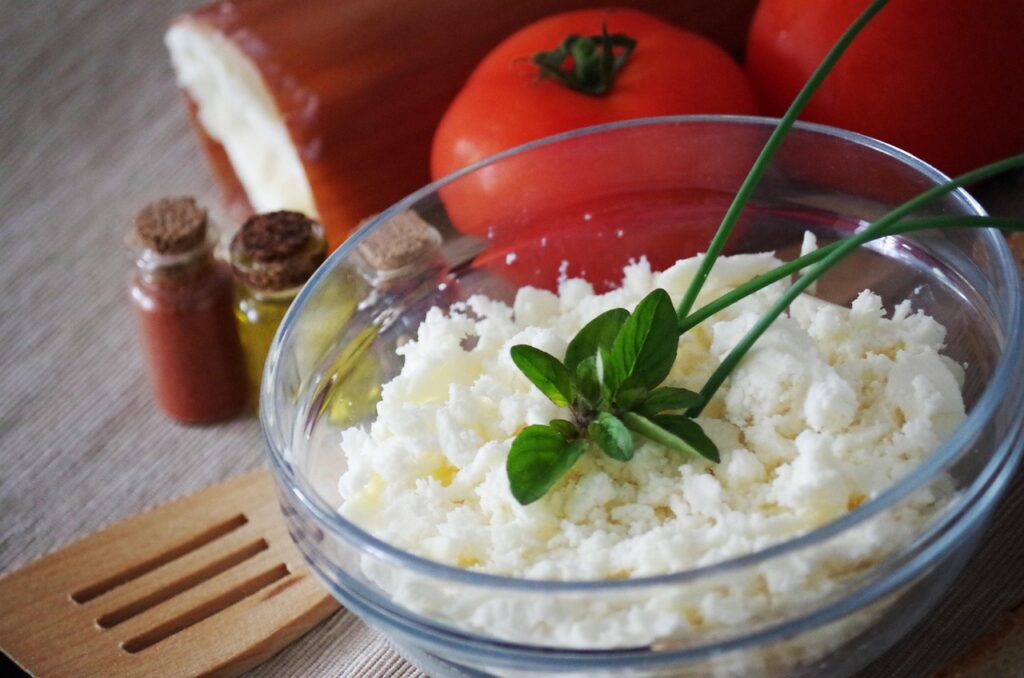
It’s easy to splurge at the cheese counter, but those tiny wedges can cost as much as a full dinner. Many imported-style cheeses are available at other grocers for less. Unless you need a rare type, stick to the Whole Foods house-brand cheeses, which often come from the same producers. You’ll still get quality flavor without the markup. Save your splurge for local artisan cheese when you really want to impress. If you’re hosting, mix premium and affordable picks—it’s smarter and just as good.
7. Prepared Sushi
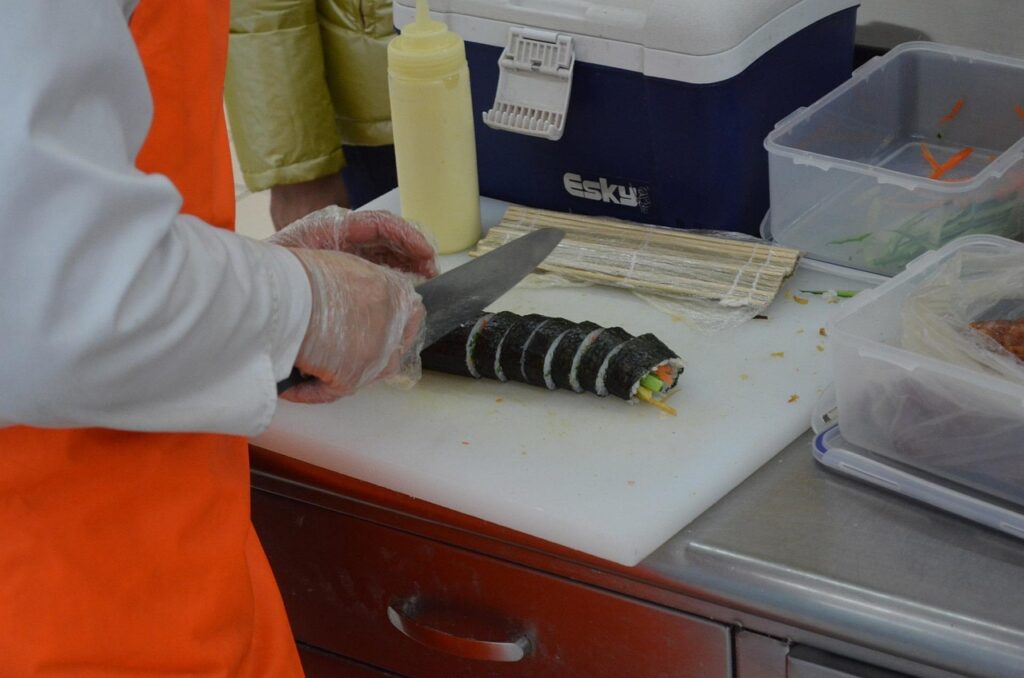
The sushi case looks fresh, but rolls are usually made early in the day and sit for hours before you buy them. The rice gets stiff, and the fish can lose texture quickly. At ten dollars or more per box, it’s rarely worth it. A better move is buying rice, frozen tuna, and fresh veggies to make simple poke bowls at home. You’ll control quality, freshness, and save money with every meal. The difference in texture alone makes it worth the switch, and you can customize toppings every time.
8. Cold-Pressed Juices

These bottles sound like a health shortcut, but they’re among the most overpriced items in the store. You’ll pay up to ten dollars for a drink that’s mostly produced water and natural sugar. Skip the juice and buy whole fruits or a small home juicer instead. Freshly made juice keeps nutrients intact, costs less per serving, and avoids the waste of single-use plastic bottles lining the shelves. A few weeks of DIY juicing and you’ll never go back to the bottled kind.
9. Vegan or Gluten-Free Baked Goods
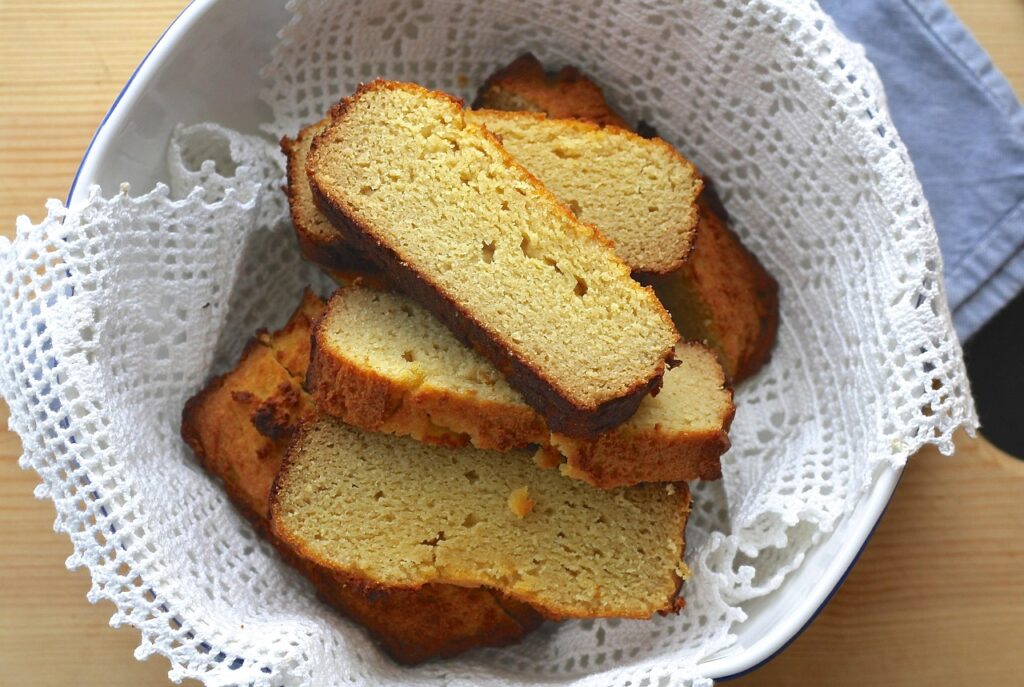
Whole Foods’ vegan and gluten-free desserts are well-intentioned but often dense, crumbly, and far too expensive. Many contain extra sugar and starch to imitate texture, losing any nutritional edge. If you’re craving something sweet, try local bakeries with fresher options or bake your own at home using oats, bananas, or nut flours. You’ll save money and actually enjoy the result. The store versions feel like health food experiments that never quite nailed the recipe.
10. Fancy Sea Salt and Oils
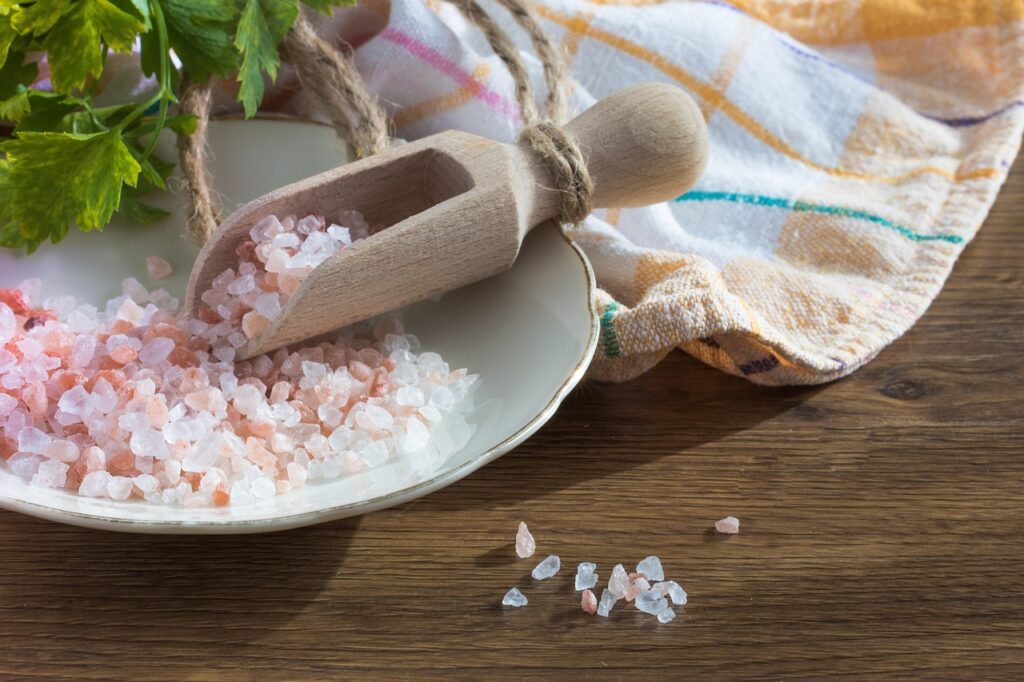
Shelves of pink Himalayan salt, truffle oil, and specialty olive oils can feel tempting, but most don’t make a noticeable difference in everyday cooking. A mid-range olive oil and regular sea salt work just as well for most dishes. Instead of paying for novelty, invest in quality vinegar, herbs, or citrus for flavor upgrades that matter. It’s a smarter use of your money and your pantry space. Save the rare oils for gifts or special dinners, not weeknight pasta.



